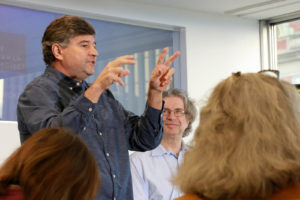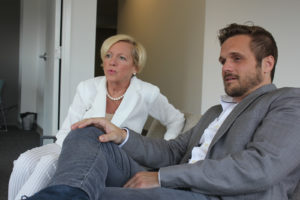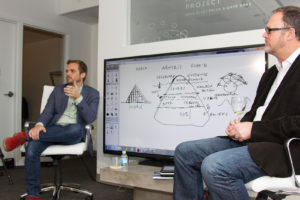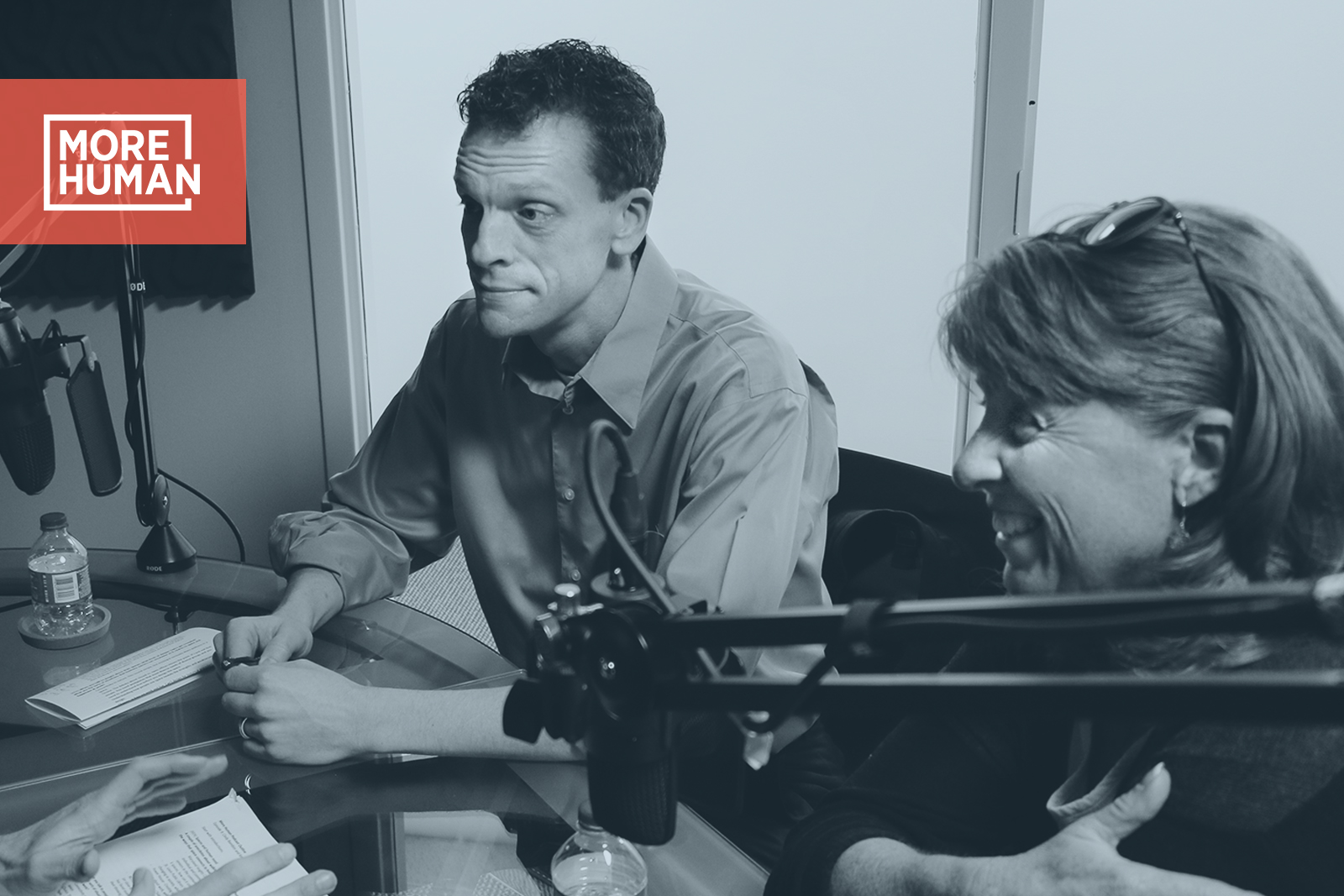How to Be More Human in a Digital Age
In many corporations and businesses today, the top positions in the business hierarchy are still occupied by those who have paid their dues for years before being able to advance up the organizational pyramid.
In most instances, this has been the way of the business world since the dawn of the industrial era centuries ago. Is it possible that those who finally make it through the corporate grinder into the top ranks of corporate America, however, enter with some of their basic humanity missing? They have had to conform, be politically correct, and not upset the proverbial applecart too much in order to keep their membership active in this privileged, prestigious club of executives.
In experiencing increased efficiency and productivity based in large part on technological advances, these same folks at the top of the hierarchy, however, may have inadvertently downplayed the role of the human operators of high-tech computing. It’s been easy to conclude that we just need warm bodies to operate these sophisticated data processing devices in order to get the work done.
Eliot Frick’s recent TEDx talk, “Be Human,” caused me to ponder the situations described above in many workplaces. The challenges to respect employees’ humanity are understandably magnified proportionately with size. Seventeen years ago I encountered first-hand some of the challenges and issues after becoming CEO of a regional bank with 500 employees–let alone having attempted to manage a monolithic company like GOOGLE or Apple. How can these giant corporations and smaller businesses retain the human connection with their employees so that they are engaged and excited about the work they’re doing and proud to work for their employer?
Based on my experience, after I took the bank public the following year, I knew we had our work cut out for us. I had to keep three constituencies satisfied: shareholders, customers and employees. (I’ve listed them in reverse order of the path I planned to follow.) I realized that delivering great returns to shareholders would not be possible unless customers were singing our praises, yet they would be reluctant to do so unless employees truly cared enough about each other and the customer to go that extra mile.
A simple concept, no doubt, but one not easy to implement amidst high employee turnover, low growth and extremely competitive market conditions. It took years of trial and error, but some core strategies emerged that proved effective.
1. Connect with the human in the job position. It’s so easy to think about employees by their job, classification, title or tenure. Beginning with the interview process, try to connect with candidates on a deeper level and attempt to get past the politically correct answers. What do they care about? Why? What are they really good at and passionate about? Is there a fit? Conversely, the interviewing manager must convey the essence of the company, motivating factors, unifying elements, and types of people that excel in the environment.
2. Interviewees: Be self-aware. Encourage your interviewees to tap into their own humanity so that they don’t end up in a job that isn’t a good fit. Ask them to do some soul-searching to discover what makes them tick, what is important to them in life.
3. Constantly assess and reassess whether the right humans are in the right jobs. Often persons will be hired into a job or promoted into one for which they are not ideally suited. Allowing them to serve in these positions for too long can damage their morale and even the morale and performance of the company. Gaining a deeper understanding of a person’s skill set and who they are as human beings is worth the investment of time.
4. Conduct more Ideation and Brainstorming sessions. Because we’re all creatures of habit, most individuals tend to get very familiar and comfortable with their patterns and routines, both at work and in their personal lives. They may do things incrementally better over time, but usually do not find the really innovative, big ideas. Disrupt the status quo by bringing together employees from different departments and differing skill sets to tackle the same problem.
5. Democratize the Strategic Thinking Process. Small groups are not necessarily the best. A larger group gives tremendous credibility to an organization that cares about its employees, customers and shareholders, by demonstrating that company’s investment in learning more from multiple perspectives. Deploy a systemized small breakout group process as an effective way for important ideas to bubble up to the surface and vote on them by the group as a whole.
6. Find ways for leadership to connect with employees as humans. Size can be an excuse for not interacting with employees, further exacerbating the feeling of being just a number within an organization. Leaders can use technology to connect through town hall-style forums, along with showing up at events for customers, employees and shareholders.
7. Celebrate common humanity by embracing wins and learning from losses in a way that is respectful of all concerned. Learning how to tap into a deeper, intuitive level through methodology engaging the right hemisphere of the brain, after having completed a conventional, linear analysis, is one effective way to capitalize on the above seven strategies and “Become [More] Human.” Many businesses are utilizing this methodology with surprising positive effects. Worth a try?













